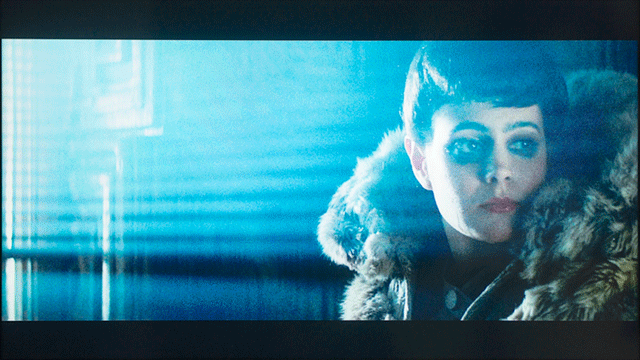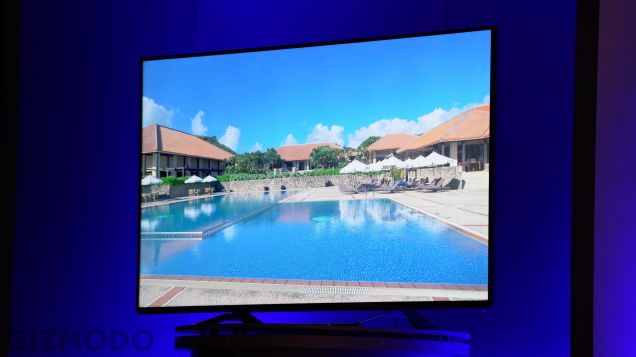AquoMotion, AquoDimming, Auto-Depth Enhancer, Motionflow, Precision Black Local Dimming, Clear Action. These are the marketing names given to common features built into today’s televisions to “enhance” the image. But while they alter the picture in a way that makes it catch your eye, the result often bears little resemblance to how it was intended to look. That’s a problem.
Today’s idea of a “better picture”, as dictated by television manufacturers, tends to be a more saturated, highly contrasted, and sharper image. If you’re paying a lot for an HDTV, the notion is that it had better make everything look crisp, colourful, and sharp. But none of those words necessarily translates to “better”, and in fact they can go a long way towards making things worse.
The most notorious setting is motion enhancement, more commonly referred to as the “soap opera effect”. It goes by different names depending on who’s selling it — Motionflow™ for Sony, Clear Action for Vizio, etc. — but regardless of marketing moniker, it’s a setting that generates fake frames in between real ones to make the picture supposedly smoother. This is bad! Pretty much everything being broadcast on your TV is at a certain frame rate for a reason. Sports shows have a higher frame rate to capture action better, while movies and TV shows tend to have lower frame rates for an effect that creates the illusion of cinema. All motion enhancement does is make everything look like Days of Our Lives B-roll.
There are other changes to the original picture most TVs include, most of which fall under the umbrella of visual effects to make the picture “pop” more. The most common picture-popping trope is enhanced blacks. TVs tend to go in both directions with this, sometimes making the blacks blacker to create a rich, unnatural contrast, but then also finding detail in blacks and brightening them to exaggerate the detail.
All these things make for a blanketed pretty picture which was great to highlight HD’s strengths when it was still a new thing. But for more nuanced content, it doesn’t do anything good. All the “pop” these TVs create does is to change the visual mood of the content, not enhance it, overriding the content creator’s choices.
Here’s GIF that shows what an image is like with all your TVs enhanced visual settings turned on, versus off. The grainy, more colourful look is what most TVs are peddling, along with all those unwanted “smart” features packed in.

Again, none of those defaults are necessarily making the movie look better. They just look different. And given the choice between the aesthetic impulses of Christopher Nolan and a Sony Bravia, I’ll stick with Nolan every time.
The good news is, there are signs that the trend is shifting back towards accuracy over patina. Panasonic took a stand this week with its Life+Screen displays, a television that claims to reproduce a very large colour space with more subtle instead of dramatic colours. Hopefully it won’t be long before others follow suit. At the very least, TVs should have these features turned off out of the box by default.
In the meantime, you can always just fix the problem yourself. The major offending settings are usually able to be turned off with a few clicks of your remote. Better still, there are also ways to calibrate your TV with external tools; our friends at Lifehacker put together a comprehensive guide. Or if you have an Xbox One, you’re lucky enough to have a calibration tool built right into the console, which is a great way to make sure the TVs image is as accurate as possible. The tool does a good job of showing the limits of the set, too. While adjusting settings you’ll notice parts of the calibration aren’t even possible because of the limits of the TV; certain ranges of blacks will all be compressed into one shade, and the same will be apparent for whites.

The person who shot the movie you’re watching, the colourist who graded it, and the director who gave it the final ok all did so with professional displays that render images to full accuracy. They painstakingly made sure that certain things are dark and certain things are bright, that images are undersaturated or overexposed. So do them and yourself a service by making sure your TV is doing them justice.
Picture: Panasonic’s Life+Screen display as shown at CES
